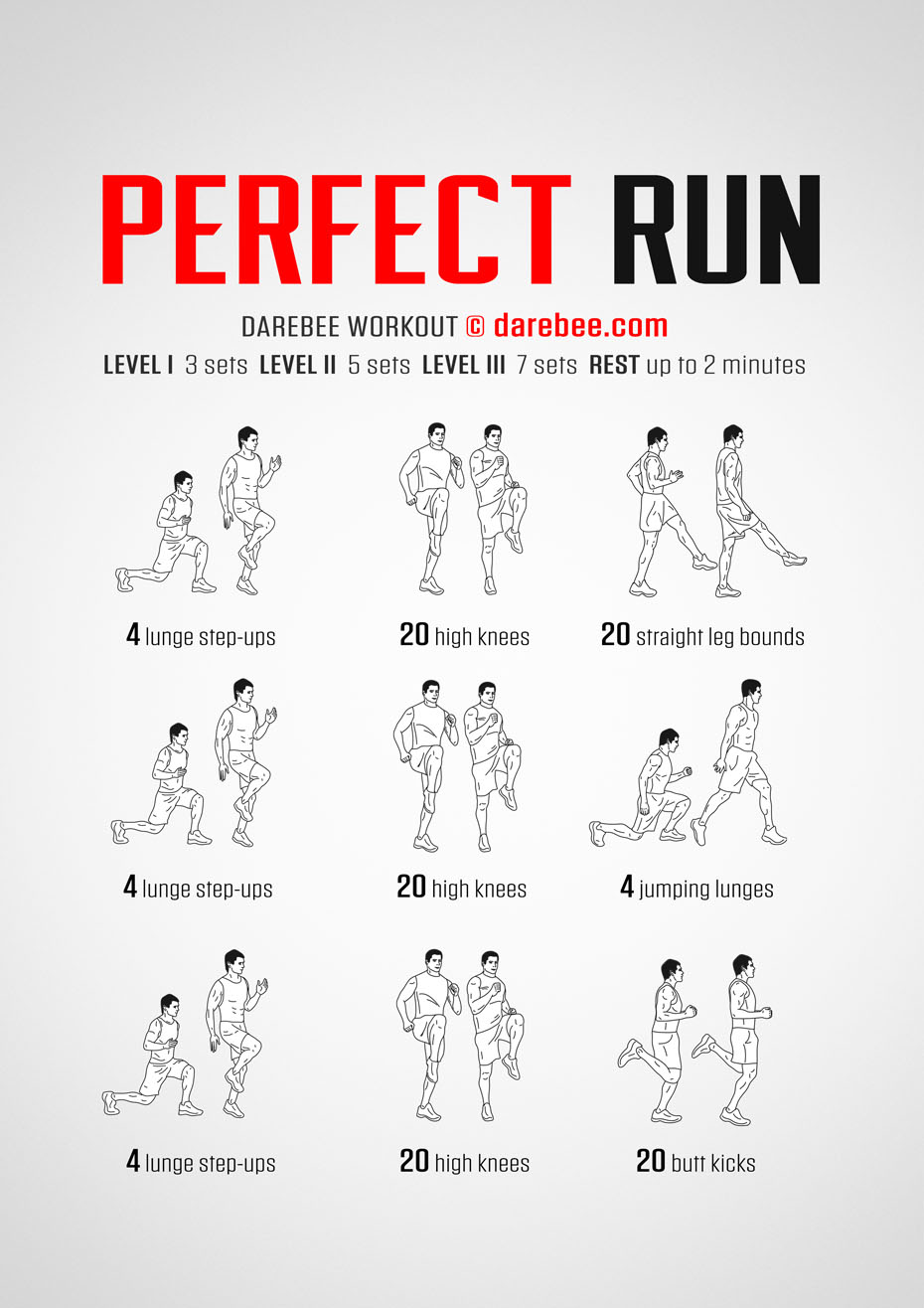The Ultimate Running Strategy Overview: Accomplish Your Physical Fitness Goals
The Ultimate Running Strategy Overview: Accomplish Your Physical Fitness Goals
Blog Article
Managing Usual Running Discomforts: Causes, Solutions, and Avoidance
As runners, we frequently come across numerous discomforts that can prevent our efficiency and pleasure of this physical task. By discovering the origin reasons for these operating discomforts, we can reveal targeted options and preventative measures to make sure a smoother and extra meeting running experience.
Typical Running Discomfort: Shin Splints
Shin splints, a common running pain, commonly result from overuse or improper footwear during physical task. The repetitive stress and anxiety on the shinbone and the cells attaching the muscle mass to the bone leads to inflammation and pain.
To protect against shin splints, people should gradually increase the intensity of their workouts, put on suitable footwear with appropriate arch support, and maintain versatility and toughness in the muscular tissues surrounding the shin. If shin splints do occur, first treatment includes remainder, ice, compression, and altitude (RICE) Furthermore, integrating low-impact tasks like swimming or cycling can help maintain cardiovascular physical fitness while permitting the shins to recover. Persistent or extreme instances may call for clinical assessment and physical therapy for efficient management.
Typical Running Pain: IT Band Syndrome
In addition to shin splints, one more prevalent running pain that athletes typically come across is IT Band Syndrome, a problem triggered by inflammation of the iliotibial band that leaves the external upper leg and knee. IT Band Syndrome normally shows up as pain on the exterior of the knee, specifically during activities like running or biking. The iliotibial band is a thick band of fascia that links the hip to the shin, and when it becomes irritated or limited, it can scrub against the thigh bone, leading to pain and discomfort.
Joggers experiencing IT Band Syndrome might see a painful or aching experience on the outer knee, which can intensify with continued activity. Factors such as overuse, muscular tissue discrepancies, incorrect running kind, or poor workout can contribute to the growth of this condition. To avoid and ease IT Band Syndrome, joggers need to concentrate on extending and reinforcing exercises for the hips and upper legs, proper shoes, gradual training progression, and dealing with any kind of biomechanical issues that might be aggravating the issue. Overlooking the symptoms of IT Band Syndrome can lead to chronic issues and long term recuperation times, stressing the value of early intervention and appropriate monitoring strategies.
Usual Running Pain: Plantar Fasciitis

Plantar Fasciitis can be credited to various variables such as overtraining, incorrect footwear, operating on difficult surfaces, or having high arches or flat feet. To stop and ease Plantar Fasciitis, joggers can incorporate extending exercises for the calves and plantar fascia, use supportive shoes, maintain a healthy weight to lower pressure on the feet, and slowly increase running strength to prevent unexpected tension on the plantar fascia. If signs linger, it is suggested to get in touch with a healthcare specialist for proper diagnosis and treatment options to deal with the condition effectively.
Common Running Discomfort: Jogger's Knee
After attending to the obstacles of Plantar Fasciitis, another widespread concern that joggers frequently deal with is Runner's Knee, an usual running pain that can impede sports efficiency and create pain during exercise. Jogger's Knee, additionally called patellofemoral pain syndrome, materializes as discomfort around or behind the kneecap. This condition is commonly credited to overuse, muscular tissue discrepancies, improper running methods, or problems with the positioning of the kneecap. Joggers experiencing this discomfort may really feel a boring, aching pain while running, rising or down staircases, or after prolonged periods of resting. To stop Jogger's Knee, it is essential to integrate appropriate warm-up and cool-down routines, preserve solid and well balanced leg muscle mass, put on ideal footwear, and progressively boost running strength. If symptoms continue, consulting from a health care specialist or a sporting activities medicine specialist is recommended to diagnose the underlying reason and create a tailored therapy strategy to alleviate the pain and prevent additional issues.
Common Running Discomfort: Achilles Tendonitis
Frequently affecting joggers, Achilles Tendonitis is a painful problem that impacts the Achilles ligament, triggering pain and possible restrictions in physical task. The Achilles ligament is a thick band of cells that connects the calf bone muscles to the heel bone, essential for tasks like running, jumping, and strolling - learn more here. Achilles Tendonitis commonly creates because of overuse, incorrect shoes, poor extending, or unexpected boosts in physical task
Signs of Achilles Tendonitis include pain and tightness along the ligament, specifically in the morning or after periods of inactivity, swelling that intensifies with activity, and possibly bone spurs in persistent situations. To avoid Achilles Tendonitis, it is necessary to extend correctly before and after running, wear appropriate footwear with appropriate assistance, slowly boost the strength of exercise, and cross-train to reduce repetitive stress and anxiety on the ligament. Treatment might involve remainder, ice, compression, elevation (RICE procedure), physical therapy, orthotics, and in extreme cases, surgery. Early treatment and appropriate care are essential for managing Achilles Tendonitis efficiently and stopping long-lasting problems.
Final Thought

Report this page